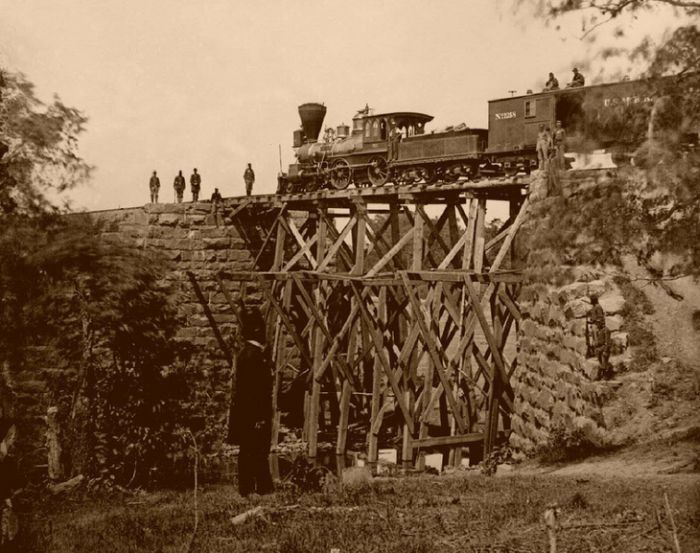|
|
History: Rail Transportation In The United States
|
Most rail transportation in the United States is currently based on freight train shipments. The U.S. rail industry has experienced repeated convulsions due to changing U.S. economic needs and the rise of automobile, bus, and air transport, including what is sometimes referred to as the Great American Streetcar Scandal, in which is cited the light rail trolley-based surface transit that once existed before being dismantled in the 1940s.
The sole intercity passenger railroad in the continental United States today is Amtrak. Commuter rail systems exist in more than a dozen metropolitan areas, but these systems are not extensively interconnected, so commuter rail cannot be used alone to traverse the continent. Commuter systems have been proposed in approximately two dozen other cities, but interplays between various local-government administrative bottlenecks and ripple effects from the 2007–2012 global financial crisis have generally pushed such projects farther and farther in to a nebulous future point in time, or have even sometimes mothballed them entirely.
The most culturally notable and physically evident exception to the general lack of significant passenger rail transport in the U.S. has been, and continues to be, the Northeast Corridor, which connects Washington and New York City with Boston and, jutting from those northern points, also other areas of Connecticut and Massachusetts. The corridor handles frequent train service that is both Amtrak and commuter. Meanwhile, New York City itself is noteworthy for high usage of passenger rail transport, meaning not just the New York City Subway system (which counts more as a short-haul metro system despite its fairly extensive network and relatively long lines) but also the Long Island Rail Road, the Metro-North Railroad extending into Connecticut, and links through the New Jersey Transit system to the Philadelphia-based Southeastern Pennsylvania Transportation Authority trains to points as far south as Newark, Delaware. The New York City Subway system is used by one third of all U.S. mass transit users.
Other major cities with substantial rail infrastructure include Boston, with its MBTA (nicknamed the "T") rapid transit, light rail, and commuter rail networks, and Chicago, with its elevated system and regional passenger rail system Metra. The commuter rail systems of San Diego and Los Angeles, Coaster and Metrolink, meet each other in Oceanside, California, which is a terminus for both systems.
|
|









